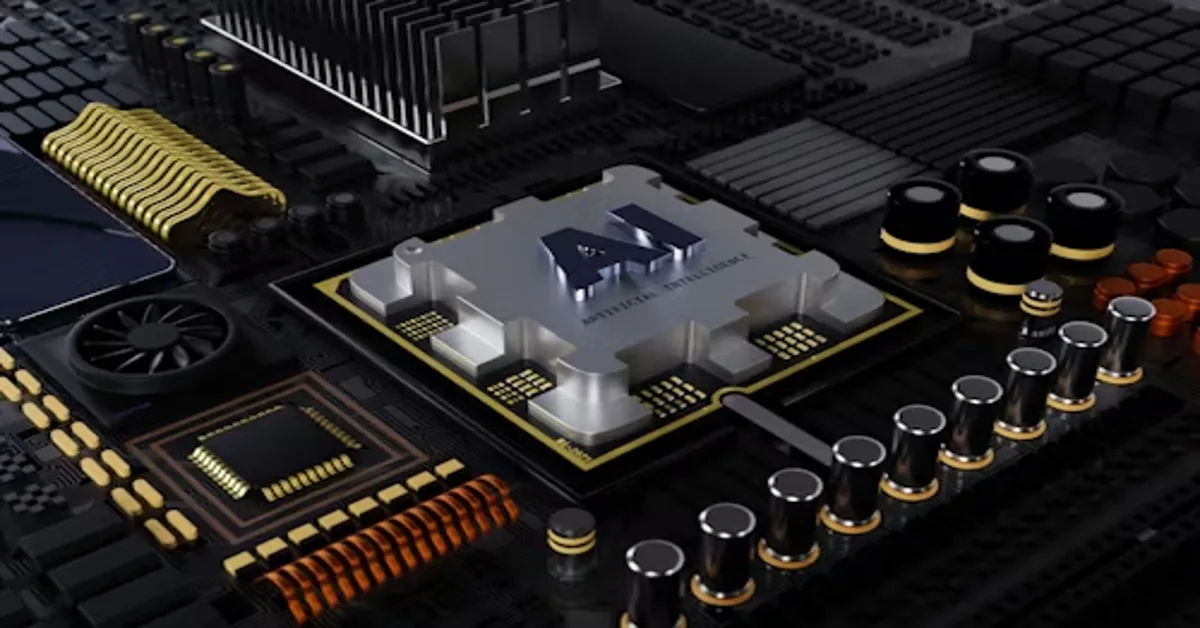Intel remains a cornerstone in the global semiconductor landscape. For decades, the company has been a leader in processor innovation, shaping the direction of computing through its x86 architecture and fabrication technologies. Although competition has intensified in recent years from companies like AMD, NVIDIA, and TSMC, Intel semiconductors continue to play a vital role in powering data centers, personal computers, embedded systems, and enterprise infrastructure. As the tech world shifts toward AI, edge computing, and next-generation connectivity, Intel is evolving its strategy to stay relevant in cutting-edge chip design.
Intel’s Legacy and Continued Innovation
Founded in 1968, Intel has played a defining role in the evolution of semiconductors. The company’s invention of the microprocessor set a new standard in computing performance and scalability. For decades, Intel dominated the CPU market, particularly in desktops and servers, where its processors became synonymous with performance and reliability.
While Intel faced challenges in recent years due to delays in transitioning to smaller process nodes and increased pressure from fabless competitors, it has responded with significant investments in manufacturing, design, and packaging. The result is a renewed focus on reclaiming leadership through advanced Intel semiconductors built on technologies like Intel 7, Intel 4, and future nodes such as Intel 3 and Intel 20A.
These achievements are proof to say that Intel is not only holding its position firmly but also stretching the boundaries of semiconductor design with hybrid cores, 3D stacking, and novel interconnect technologies. While there is a slow but steady increase in the global need for computing power, especially in AI and cloud services, innovation from Intel is the key factor for fulfilling performance and efficiency metrics in the future.
The Impact of Intel in Data Centers and Cloud
Intel is the leading brand in the processor server segment. The majority of the data centers globally are still dependent on Intel semiconductors due to their wide software compatibility and consistent performance. Intel, with its Xeon line, runs the IT infrastructure for many cloud service providers, financial services, enterprise applications, and scientific research organizations.
Newly launched 4th Gen Xeon Scalable processors are the embodiment of high efficiency, integrated AI acceleration, and increased memory bandwidth—all of which are essential for modern workloads. These chips are basically designed for scale-out performance, which is a fundamental requirement in the existing data-guzzling environments.
Despite of the emergence of the ARM-based alternatives that steal the livelihood in a few entry-level markets, the long-term comprehensive software infrastructure and the development of the roadmap currently forecast make sure that Intel stays a premium choice in the cloud infrastructure. Intel semiconductors are still widely used across the world, and they are the main cause of the company being a significant player in the computing solutions sourcing space, especially for organizations requiring high reliability and stability of the vendor.
Intel’s Role in AI, Edge, and Embedded Systems
Intel is not only dealing with high-performance computing, but also is fully built-in to the drive its outreach to the markets of AI and edge computing. The product lines of Intel Movidius, Agilex FPGAs, and Habana Gaudi AI processors are the primary targets of Intel in the documentaries SIMD hardware for computer vision applications, the industrial automation system, and machine learning training.
Additionally, these semiconductors of Intel are not just optimized for speed but also for low latency, power efficiency, and high integration. Thus, they are really suitable for the edge environments where size, power, and real-time response are of the essence. This brave step into new architectures highlights Intel’s strategic pivot to markets that cannot be served only by the traditional processors anymore.
Moreover, Intel’s perseverance in embedded platforms that span from the automotive industry to the medical devices realm makes sure that the entity’s products are topical in mission-critical applications where the long-term lifecycle and the trustworthy durability are the utmost necessities.
Manufacturing and Global Supply Chain Influence
Unlike many fabless competitors, Intel is still running its own manufacturing facilities called fabs. This integrated device manufacturing (IDM) model has enabled Intel to realign its business landscape through increased control over quality, process development, and supply resilience. Recently, Intel announced its enormous investments in the new fabs slated to come up in the USA and Europe under its IDM 2.0 strategy.
These figures operate the global semiconductor production and chip distribution chain by making buffered products that fit the design space available. The market of semiconductors in concern exists because of Intel’s presence in a supply chain that is vertically integrated supply chain. There is an option for customers to choose a supplier who can provide Intel semiconductors in a chain that also covers many other sectors. The enterprise’s strong commitment to domestic and regional production is a guarantee of high-performance chips’ stable sourcing throughout several working areas in the long run.
Conclusion
Intel no longer has its position as the only and incontestable chip maker but still its part in the avant-garde chip design is both strategic and influential. By permanent initiatives in production, the diversified processor architecture and the progress in AI and edge computing, Intel semiconductors are continuously making a significant impact on the digital space.
With the global demand for chips that are reliable, scalable, and energy efficient on the rise, Intel’s strength in manufacturing and its wide range of technology choices are the main factors that defend its place in the modern computing environment. Network engineers, integrators and enterprise buyers, in general, spell a guarantee on Intel semiconductors sourcing the next generation of digital infrastructure globally.

